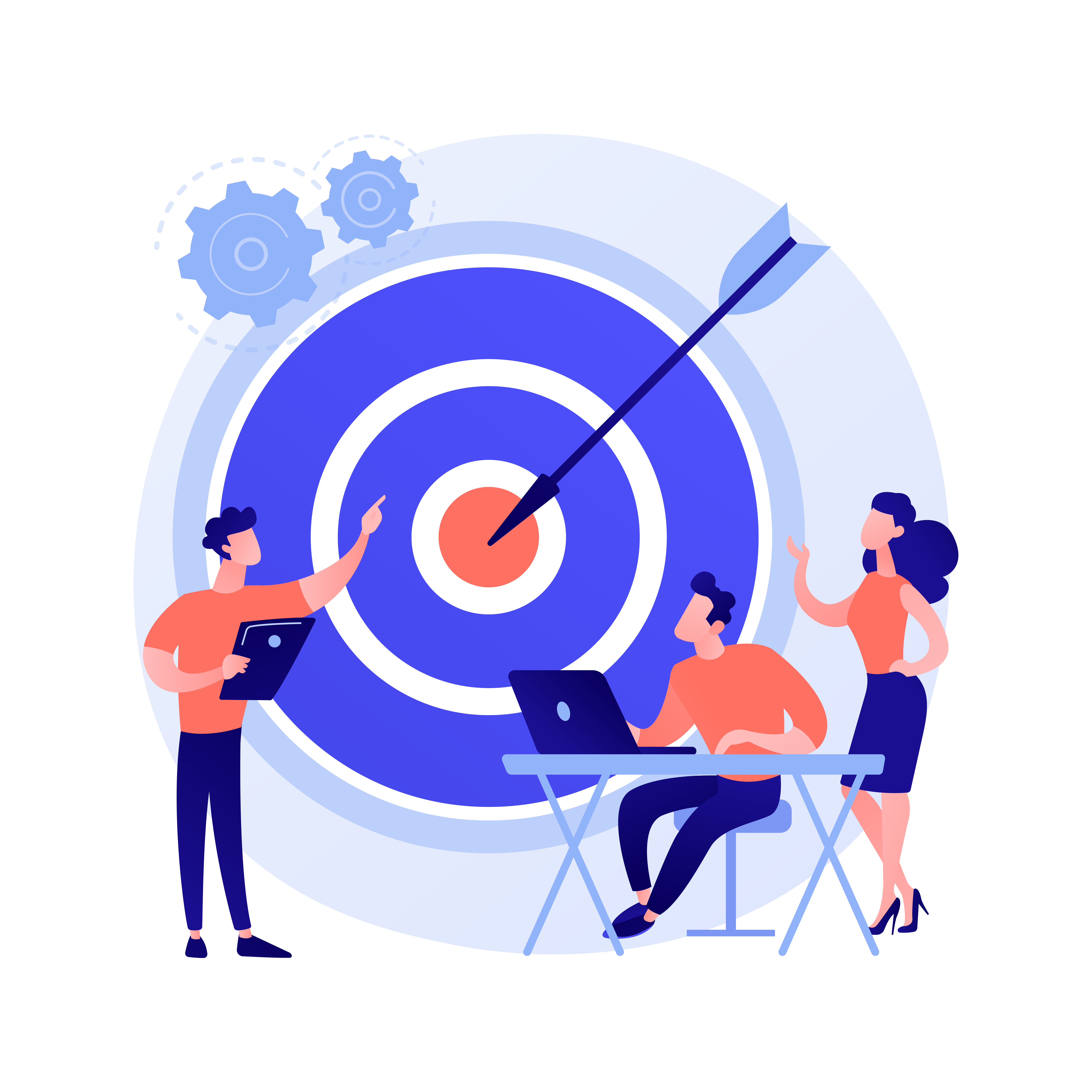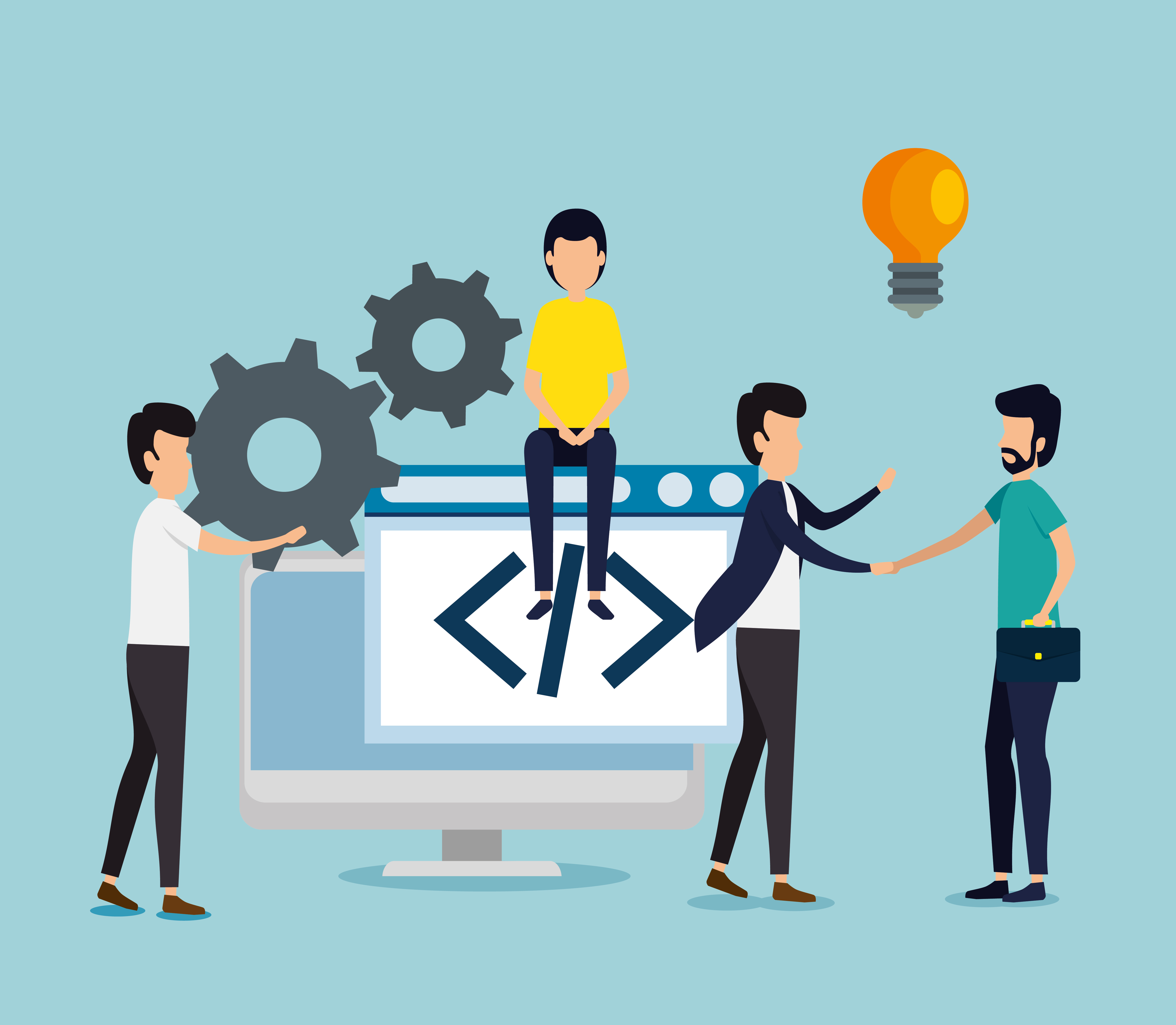Why Measuring Employee Development Matters
Investing in employee development is essential, but without tracking the right metrics, it's difficult to gauge success. HR leaders and L&D professionals need data-driven evaluations to optimize programs and drive results.
1. Employee Engagement Levels
Engaged employees are more likely to participate in and benefit from development programs.
How to Measure:
- Participation rates in training sessions.
- Time spent on learning platforms.
- Feedback surveys assessing relevance and appeal.
Microlearning Connection:
Short, focused lessons keep employees engaged, particularly those with busy schedules.
Read 5 Reasons HR Leaders Are Embracing Bite-Sized Learning in 2024.
2. Skill Progression and Competency Improvement
The ultimate goal of development programs is skill enhancement.
How to Measure:
- Pre- and post-training assessments.
- Competency evaluations against benchmarks.
- Real-world applications, such as project outcomes.
3. Employee Retention Rates
Development opportunities significantly reduce employee turnover.
How to Measure:
- Compare retention rates of trained versus untrained employees.
- Use exit interview feedback to identify development-related concerns.
4. Training Completion Rates
Completion rates highlight participation and interest levels in training programs.
How to Measure:
- Percentage of employees who complete assigned programs.
- Drop-off rates and points of disengagement.
Microlearning Advantage:
Bite-sized lessons reduce drop-offs by making training more manageable and time-efficient.
5. Employee Productivity Metrics
Effective training should lead to measurable improvements in productivity.
How to Measure:
- Compare productivity KPIs before and after training.
- Evaluate time-to-competency for new hires or reskilled employees.
- Assess output quality in role-specific tasks.
Discover how No Meeting Days Unlock Employee Autonomy and Productivity.
6. Career Growth and Promotion Rates
Development programs should align with career progression.
How to Measure:
- Track promotion rates of trained employees.
- Analyze lateral moves into specialized roles.
- Survey employees about satisfaction with career growth opportunities.
Microlearning Contribution:
Continuous upskilling through microlearning enhances competitiveness for promotions.
7. Return on Investment (ROI)
Ultimately, employee development programs should deliver measurable business value.
How to Measure:
- Compare program costs against outcomes like increased revenue or reduced errors.
- Use metrics such as cost-per-learner and business impact.
Pro Tip:
Use analytics tools on microlearning platforms to track ROI effectively.
How Microlearning Enhances Employee Development Programs
- Flexibility: Employees can learn anytime, anywhere.
- Customization: Tailored paths ensure relevance for diverse roles.
- Engagement: Interactive formats like quizzes and videos maintain motivation.
- Analytics: Built-in tools provide real-time performance insights.
By incorporating microlearning, HR teams can achieve higher engagement, better retention, and stronger results.
At 5mins.ai, we aim to transform the employee development experience. We make learning and growth accessible and efficient, fitting seamlessly into the workday.
Our platform offers microlearning modules tailored to improve engagement, retention, and ROI.
Full Catalogue



